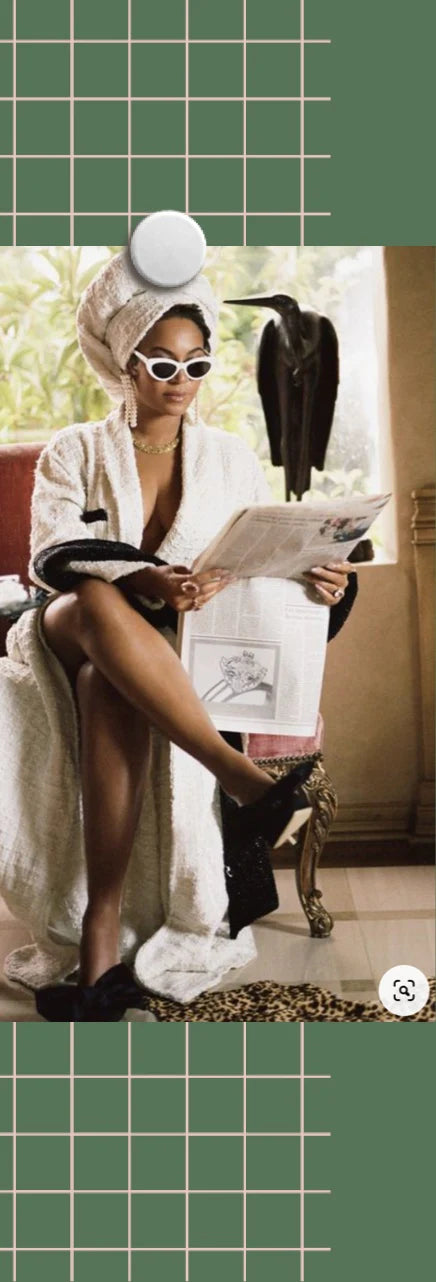







Raising $1M For Our Startup

The idea of taking external investment has been on our radar for about 18 months. Before that, I didn’t understand what it meant and given male founders are 60% more likely to be given funding (for the same idea) pitched by females, it seemed like I wasn’t an anomaly.
A couple of years ago in the early hours of the morning, I was at a dinner party in London talking to a very talented friend about her business. She had just raised (at the time) NZ$2M of external investment to expand, and although I was impressed, I didn’t understand the magnitude of what it meant. Having now gone through the same journey, I would have popped a bottle of champagne, stood on a table and done a toast for her.
‘Raising money’ or ‘taking external capital’ is no easy feat. Actually to be more blunt, it’s incredibly bloody hard.
In March of this year, Vic and I decided to take the idea of getting investors on board more seriously. We were warned an almost embarrassing amount to not bother. Bright eyed and full of confidence, we had no idea the mountain we were about to climb but we sure as sh*t weren’t going to let a bunch of balding, middle-aged dudes tell us it wasn’t a good idea.
Imagine trying to get up Mt Everest without snacks, crampons or a map - this is how unprepared we were for the entire ordeal. What we lacked in tools or experience, we made up for with unwavering enthusiasm.
The pessimistic warnings were exactly what we needed to hear. Vic and I were determined to prove everyone wrong, and in record time. Told it was near impossible in the economic climate, we set our sights on NZ$1,000,000 in two months - no amount of condescending comments were about to put us off.
If anything, it only added fuel to our already building fire.
As we pitched to investors, refined our pitch, and pitched some more - we discovered that women-founded startups only account for 2% (!!!) of global VC funding in Europe + the US. Why on EARTH is there hardly any money being poured into businesses led by women? There is so much research to support the idea that being a woman in business is actually a real strength, so why were there so few of us?
Female-founded startups generate 78 cents per dollar invested, compared to male-founded startups which only generate 31 cents.
Just to really hammer the point home, female founders generate 10% more revenue over a five-year period, than companies with male founders. The disconnect was really hard to get our head around. Did lots of women still not think business wasn’t a place for them? Because we knew one thing for sure, it certainly wasn’t due to a lack of ability.
Let's look at the Fertility App Flo, a household name for those with an ovary. It’s a cycle tracking app that tells you how you are feeling at different times of the month. This week they announced that their valuation reached 1bn US, surely a company started by women? Wrong. It’s a company started by two men. It’s not that we can’t see these opportunities, it’s that we are worried we won’t be able to execute them.
Ok enough ranting, back to our investing journey.
For those who don’t know, taking investment for a private company like The Curve is similar to when a public company (like Apple or Uber) takes money from public investors. We wanted to take money from individuals or companies who believed in the trajectory of The Curve and in exchange give them a metaphorical piece of the pie. They would become ‘shareholders’ of The Curve Platform Limited.
It’s worth noting that The Curve was self-funded by our own money and time up until this point, meaning Vic and I were the only shareholders.
Ok let’s take a step back, because I want this to really help you understand investing in a different way. The past few months have taught me so much about how + what kinds of companies I want to invest in, so I want to give as much detail and learnings from this experience to pass on a few of those penny drop moments.
In our case we wanted to raise NZ$1 million. This was the amount we believed we needed to grow in the way we wanted. We had big plans to launch The World's Biggest Investing Club, which has now launched for our Founding Members. It is a place for women to learn about specific investment ideas and discuss what they are investing in.
The first thing we had to do was determine a price for the entire business so that when people invested, there was a clear price they were paying for each percentage of The Curve they would get. Figuring out the best way to value The Curve was one of the steepest learning curves. Pun intended.
Our valuation (aka price for The Curve) came to 4x our projected revenue. The valuation is only ‘set’ or accepted once your lead investor agrees to the value they will be paying. Generally this is the first investor and any other investors after that, take the price that has been set. We were so excited that for us that was an incredibly successful property investor based in the UK. And, a woman. Tick tick.
Once the price (or valuation) is set, it’s all about getting others on board. In one month we had 100 meetings pitching our business to potential investors. It was a lot of early mornings, late nights and a whole lot of rejection. It nearly broke both of us.
Rejection has always been something I find difficult, but what I learnt through this process was that it isn’t personal. For some, they didn't understand the business, for others they didn’t have the spare money. It really solidified the idea that investing is such a personal decision, and that no two portfolios will (or should) ever be the same.
Fast forward a few months and we had not only had 10 investors on board, but we had managed to very carefully select who we wanted to have on our cap table (a fancy way of saying ‘team of investors’).
We have some of the most senior and instrumental people involved in some of the world’s best Fintech. We have high profile property investors, incredibly successful tech founders who have scaled and exited huge companies, as well as brand + marketing experts, financial gurus and some of the best fintech brains in the game.
To not only reach our target, but also have such powerful, inspirational, talented people in all the areas our growing business needs; finance, tech and brand, we were absolutely chuffed.
But you might be thinking, why did you actually need all that money?
A fantastic question.
Since day dot we have felt strained by a lack of people (and money). We have HUGE ambitions for The Curve to be a one-stop-shop for all things money. To achieve that, we were going to need a lot more people and a lot more money. It was getting increasingly frustrating to not be able to push ‘go’ on all of our future plans, so we were both willing to give up a few slices of the pie, if it meant getting to our goal quicker.
You might also be thinking - were you worried about getting more people involved? Also a fantastic question, and one I will answer honestly.
The Curve is Vic and my first born. Our biggest, and proudest achievement. Admittedly at times we can be helicopter parents. The idea of getting more childcare (aka investors) was a little scary. What if they came in and ruined everything? What if they taught our kid swear words? What if they had a different direction for it when it grows up?
The idea of having others involved felt threatening and like we would lose control. It took a while for me to get my head around this, and feel excited about the idea of having others involved. It became very clear to us that we didn’t just want people's money, we wanted their expertise and so with that - we decided to be picky.
It was a non-negotiable for us that the people we invited into the family were people we trusted and respected. Vic and I had to remain incredibly aligned on who we both thought would be a good fit - this is a marathon not a sprint and we want people who can last the journey with us.
This far down the article it’s probably worth letting you know that we did in fact reach our NZ$1million target, and I am proud to say we did that without compromising the kinds of people we wanted to have in our corner.
Since ‘taking on investment’ we have been able to employ some amazingly talented people. We are relieved. We are proud. We are exhausted. We are excited. And we are fuelled with so much determination to change the narrative that exists around women + money.
We want to give people the tools to create their own wealth, to invest, to feel confident and free. But most importantly I wanted to write this to share our experience raising capital. It’s absolutely mind blowing to me that male founders are 60% more likely to receive funding for the same idea pitched by females. Reflecting back on our journey, the amount we learnt in such a short space of time made it abundantly clear how lacking women are for open and honest resources when it comes to money and business.
If there is anyone reading this who wants to ask us questions, or needs some guidance when it comes to getting investment in a business idea please know our door, and DM’s are always open.
